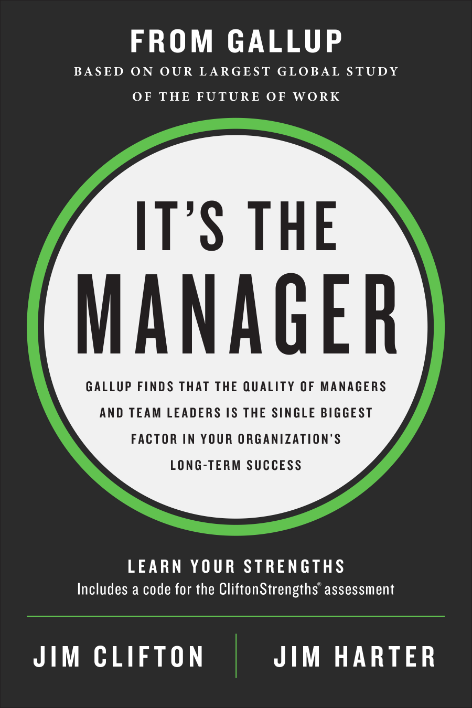Story Highlights
- CEOs spend only 3% of their time with customers
- A company's success with customers depends on leadership
- Executives need to value customers over profit
Executives must cease being passive users of customer data and research -- and become actively and deeply immersed in the world of the customer.
A recent Harvard Business Review study shows that, on average, CEOs spend only 3% of their time with customers -- that's less than two hours a week.
If that's the extent of an executive leader's customer involvement, where do they get the best insights into their customers? To put it bluntly, how many customers do executive leaders really know?
Engaging customers is vital. And Gallup research shows that building emotional bonds with customers can net an average of 23% higher per-customer revenue when done right.
In our experience, two supremely important factors influence customer-centric outcomes: the way executive leaders organize their business around the customer and the way they make decisions that drive value for the customer.
Develop Customer-Centric Leaders
Executives need to immerse themselves in the world of the customer, and everyone around the boardroom table needs to be directly accountable for long-term customer engagement.
Quality leadership decisions can create real breakthroughs in company strategy and result in real success with customers.
Consider: The world had plenty of mobile phones but Apple executives decided to spend more than $150 million to develop the iPhone nonetheless. Apple knew its customers. And that customer-centric decision returned $738 billion in sales and counting.
So, if a choice between profit and customer must be made, choose the customer.
This may sound idealistic, and it's certainly easier said than done. There is a creative tension in customer-centric decision-making, and leaders must balance on the tightrope between what customers desire and what Wall Street demands.
If a choice between profit and customer must be made, choose the customer.
Make Decisions Driven by Customer Value
Gallup's expertise has helped executives walk that tightrope for decades. Here's what we recommend:
Ensure senior leaders show strong presence in customer and service strategy design and follow through on critical customer service excellence initiatives. Many companies have created office rooms and spaces solely dedicated to the customer. Such customer rooms are a great idea and elevate the importance of the customer. But how many doors away -- literally and figuratively -- is the CEO's office?
Involve customers in decision-making. Customer advisory boards are critical for B2Bs but not exclusive to them. B2Cs could just as easily create customer advisory panels to test new products and services. Strong leadership involvement (and follow up) is necessary.
Make early customer experience exposure a key leadership requirement, whether leaders have a customer-facing role or not. Many executives at McDonald's started by flipping burgers, which is an invaluable additive experience for upstream decisions.
Fight through the politics and vested interests by evaluating decisions based on their customer value. Bust silos and smash egos to unite the company toward a singular, unified customer-focused vision.
Bring the front line's perspective to R&D and innovation labs. Actively participate in activities that reimagine the customer experience. And expect speed.
DHL is a great example. One of the world's largest delivery and logistics services, DHL has innovation centers in Germany and Singapore, where customers, suppliers and DHL leaders meet in workshops. They discuss best practices and talk about trends in technology, culture, economics and other issues that affect their businesses. As a result, DHL can build solutions they know are right for customers -- such as innovative maintenance sensors on trucks and drone delivery systems -- because customers helped design them.
Sure, there's no mission without margin, but there's no business without customers. In the new, hyper-connected world, customers don't want to be "sold to." Customers dictate what they expect from the company.
So as businesses pour billions into serving their customers better -- from new operating systems to omnichannel customer interactions -- executives need to listen to what customers say.
The ability to quantify the ROI of customer engagement to Wall Street is necessary. An astute use of customer analytics and data-based insights are indispensable. But executives must cease being passive users of customer data and research -- and become actively and deeply immersed in the world of the customer.
Learn more about fostering relationships with customers, while continually developing as a leader:
- Download our guide to customer centricity and learn how to accelerate your growth.
- Use our advanced analytics to better understand your customers and create deeper connections.
- Read It's the Manager for the latest insights and advice featuring 52 of Gallup's greatest discoveries for managers.



